|
Buddhist monasticism is flexible. Although it is correct to assume that it is usually necessary for an individual to undergo a period of isolatory training (to establish and stabilise the realisation of the void) - it is also true that compassionate (Bodhisattva) activity must also be pursued throughout the myriad conditions that define worldly existence. This is true of all Buddhist traditions - as even the Bhikkhus of the Theravada School must "walk" (in a self-aware manner) through the surrounding (lay) villages - begging for food on a daily basis. Living a hermitic or cloistered existence is a means to an end and not an end in itself. Of course, this period may be repeated more than once and last any length of time. When entering different situations - the Bodhisattva does not lose sight of the realised void regardless of the external conditions experienced. The Sixth Patriarch (Hui Neng) spent around 15 years living with bandits and barbarians in the hills - retaining a vegetarian diet - even though he was not yet formally ordained in the Sangha. Within China, the Mahayana Bhikshu must take the hundreds of Vinaya Discipline Vows as well as the parallel Bodhisattva Vows (the former requires complete celibacy whilst the latter requires moral discipline but not celibacy). Anyone can be a "Bodhisattva" - whilst a formal Buddhist monastic must adhere to the discipline of the Vinaya Discipline. A lay Buddhist person also adheres to the Vinaya Discipline - but only upholds the first Five, Eight or Ten vows, etc. Vimalakirti is an example of an Enlightened Layperson whose wisdom was complete and superior to those who were still wrapped in robes and sat at the foot of a tree. In the Mahasiddhi stories preserved within the Tanrayana tradition - the realisation of the empty mind ground (or all-embracing void) renders the dichotomy between "ordained" and "laity" redundant. The Chinese-language Vinaya Discipline contains a clause which allows, under certain conditions, for an individual to self-perform an "Emergency" ordination. This is the case if the individual lives in isolation and has no access to the ordained Sangha or any other Buddhist Masters, etc. The idea is that should such expertise become available - then the ordination should be made official. However, the Vinaya Disciple in China states that a member of the ordained Sangha is defined in two-ways: 1) An individual who has taken both the Vinaya and Bodhisattva Vows - and has successfully completed all the required training therein. 2) Anyone who has realised "emptiness". Of course, in China all Buddhists - whether lay or ordained - are members of the (general) Sangha. The (general) Sangha, however, is led by the "ordained" Sangha. As lay-people (men, women, and children) can realise "emptiness" (enlightenment) - such an acommplished individual transitions (regardless of circustance) into the "ordained" Sangha. This is true even if such a person has never taken the Vinaya or Bodhisattva Vows - regardless of their lifestyle or position within society. Such an individual can be given a special permission to wear a robe in their daily lives - but these individuals do not have to agree with this. Realising "emptiness" is the key to this transformative process. Emptiness can be realised during seated meditation, during physical labour (or exercise), or during an enlightened dialogue with a Master. The first level is the "emptiness" realised when the mind is first "stilled". This "emptiness" is limited to just the interior of the head - but the ridge-pole of habitual ignorance has been permanently broken (this is the enlightenment of the Hinayana) - and is accompanied by a sense of tranquillity and bliss. This situstion (sat atop the hundred-foot pole) must be left behind. Through further training, the "bottom drops out the barrel" - and the perception of the mind expands throughout the ten directions. Emptiness embraces the mind, body, the surrounding environment - and all things within it.
0 Comments
Sri Lanka: Letter (Number 2) from Ven. Mangala Thero - Ganga Ramaya Temple - Beruwela (17.2.1998)10/26/2021 This is an excellent book subtitled 'Hermits, Recluses and Spiritual Outsiders in Medieval England' and states that it is historically 'unclear' how Celtic Christianity first spread in Ireland (between 500 - 800 CE) before spreading to the West Coasts of Scotland, Wales and Devon and Cornwall (South-West England). The Vatican has no records of its spread - although we know from the Roman ruins of 'villas' in the UK that in some Romano-British homes - 'Christianity' is included as one of many religions represented in the 'shrine rooms' between 100 - 400 CE (symbolised by 'two-dolphins' rather than a 'cross'). According to the research of Wolfgang Rhieie - Celtic Christianity takes on its distinctive form in Ireland and Britain after the collapse of direct Roman Rule in the region. Its monastic-based institutes advocated and supported the isolated 'hermetic' tradition over that of the collective cenobitical tradition. Lay-communities of Celtic Christians assisted the monastic establishment 'support' the monks living in caves and specially constructed cells. The inherent 'isolation' of these sacred places were thought of as 'door-ways' between this (material) realm and the (immaterial) realm of the divine. Through the profound contemplation of 'silence' - it was believed that the 'divine' would eventually 'revealed' itself inside the mind and body of the contemplative (denoting a successful 'mystical union'). Even lay-people were encouraged to participate in prayer-meetings and in the practice of self-isolatory contenplation. This tradition was not linked directly to the Vatican and is thought to have migrated independently from the Desert Father tradition of the Middle East (emphasising the example of St Anthony). (I did read in another study, that a Roman Centurian may have brought Apostolic Christian monasticism to the British Isles after he was stationed in Palestine). This eventually met with the Benedictine tradition arriving in England - which was fully endorsed by Rome. The two traditions appear to have 'influenced' one another - before the Benedictines absorbed (and made use of) the Hermetic tradition. Celtic Christianity as a distinct institution faded away as it had no direct contact with the Middle Eastern tradition from which it arose.
St Anthony (251-356 CE) is considered by many theological commentators as being the founder of Christian monasticism – despite the fact he was not the first Christian hermit – and admits seeking instruction from an old man who lived on the edge of a nearby village. Although being from Egypt – the Catholic Church makes a point of him supposedly being ‘White’ - with ‘Whiteness’ being presented as ‘good’ and ‘Blackness’ (the skin-tone of the average indigenous African) being firmly associated with ‘evil’! (Although to be fair, my Christian colleagues state that ‘Black’ in this context is a ‘figure of speech’ and should not be taken as ‘racial’. My colleague states: ‘See it in the context of Solomon's Song of Songs where bride speaks to her beloved and says "I am black but beautiful''. We are all black before the light of God, God is source of all light, we just reflect to a greater or lesser degree, and it will just be a million shades of black compared to God's light.’ Later, one of the Desert Fathers is described as ‘Black’ and yet considered entirely ‘good’ within Christian texts). Was St Athony the Great ‘European’? He could have been if his parents were the descendants of Greek invaders – and had never mixed with non-Europeans in the six-hundred years since Alexander the Great! St Anthony came from a rich family who seem to have been Christians. After selling all his belongings and giving the money away to the poor, he left mainstream society to live on the periphery of society – rather like a homeless person today – who has been failed by the Bourgeois State and the capitalist system, although in the case of St Antony, the poverty he embraced was a totally voluntary endeavour. It would appear that despite his prosperous background – St Anthony was illiterate and did not read or write (he did not leave any writings of his own – but we know he existed by others writing about his life and teachings). Perhaps his supposed Greek parentage (oddly) did not put too much value in their child learning to read and write – two skills very much at the forefront of Greek civilisation. St Anthony the Great was not a Desert Father in the struct sense, although he is often conflated with these later Christian monastics. He never lived in the desert and so cannot be correctly associated with this practice. Of course, Since around 100 BCE (and perhaps even earlier), the Jewish ‘Essenes’ had been living in the deserts of Palestine and frequenting meditation cells hued from indentations in the rock-face. Living a lifestyle very similar to what the Christian Desert Fathers would adopt – the ‘Essenes’ wrote of their experiences in the ‘Dead Sea Scrolls’. St Anthony makes no mention of the Jewish ‘Essenes’ whilst imitating their behaviour. The Christian narrative is that he developed the Christian hermetic lifestyle following a Revelation from God that nothing to do with local history or religious trends in the area. St Anthony literally believes in daemons as manifesting in the physical environment (often as ‘Black boys’), and within as troublesome thought-patterns and emotional responses. Racism aside – St Anthony views any form of ‘modern’ thinking as being the product of daemonic influence or daemonic possession. He dismisses the entire edifice of Greek philosophical thought and scientific investigation - as being the product of ‘daemonic influence’ that has no intrinsic value for humanity whatsoever! Understand how natural processes function is perceived by St Anthony as the indulgence of ‘evil’ by those who seek answers about how the universe works. Such knowledge, St Anthony tells us, only serves to create a barrier between individual humans and the God who he believes ‘made them’ in the first place. As regards agriculture, St Anthony severely criticises anyone or practices ‘farming’ and growths food to sustain the community! Observing the seasons and how one transitions into another – is a manifestation of ‘pure’ evil according to St Anthony! He believes this because God has a set plan for humanity which involves tremendous suffering, death and persecution – and that if human-beings interfere in this process – then God’s will is either water-down or prevented from functioning altogether in the physical world! Yes – humanity is made to pointlessly suffer by God – but in so doing – God is creating the scenario for some of the more deserving’ humans to be ‘saved’ by his ‘grace’. St Anthony tells his disciples that knowledge of how natural processes work amounts to accumulating a ‘pointless’ knowledge that serves no purpose in assisting God to manifest his presence in the world! St Anthony, therefore, is opposed to scientific knowledge and any form of modernistic progression for humanity. This is because such knowledge ‘empowers’ human-beings as individuals and a species – so that humanity no longer requires any direct contact with the God that created them. This is how the Christian Church explains ‘why’ most people in the West today – no longer possess a literal belief in Christianity – or no longer subscribe to traditional, theological interpretations of the world. In this sense, St Anthony was very good ‘at not learning anything’. It is one thing for an individual to embark on a path of subjective (internal) development that requires the complete ‘emptying’ of mind - of its patterns of historical conditioning (as is common within Buddhist and Daoist self-cultivation) - but it is quite another to insist that the entirety of society (and the progression of humanity as a species) should also be ‘limited’ to this ‘emptying’ in the socio-economic sense – if, indeed, that is what St Anthony is saying. Imagine a modern world without ‘science’, ‘education’ and ‘medicine’! Think also of the ‘good’ these developments have achieved for the benefit of humanity! I would say that the enlightenment that St Anthony is striving for equates with the third position of the Cao Dong (Soto) School of Chinese Ch’an Buddhism. When viewed from this perspective, then even in China it is not uncommon for Ch’an adepts to leave society and ‘reject’ the world and go and live in the remote valleys or isolated hill-tops until they are clear about the ‘empty’ essence of their minds. After a period of further training – such adepts enter the fourth and fifth stages of Cao Dong realisation (which are stages of ‘no stages’) - where they are instructed to (permanently) integrate their (pristine) ‘empty’ inward state with their material surroundings. This is the spiritual interfacing with the material ‘as it is’. Of course, some Ch’an Masters used their enlightened wisdom (like the Buddha) to protest about injustices and to defend the weak and innocent – whilst others lived as unknown beggars under bridges or on river-banks, etc. We do not have to permanently ‘reject’ the outer world to be spiritual – even if on occasion we like to take a break from its nonsense!
Avoiding the Ten Evil Acts (Dasa Akusala)
A) The Three Evil Acts Associated with the Bodily-Action: 1) Killing 2) Stealing 3) Adultery B) The Four Evil Acts Associated with Speech: 4) Lying 5) Slander 6) Harsh Words 7) Profitless Talk C) The Three Evil Acts Associated with the Mind: 8) Greed 9) Hatred 10) Delusion As Buddhism is a Form of Mental Hygiene – the Following Must Be Uprooted through Meditation: 1) Greed (Abhijjha), 2) Hatred (Vyapada), 3) Ill-Will (Kodha), 4) Enmity (Upanaha), 5) Belittling (Makkha), 6) Pretension (Palasa), 7) Envy (Issa), 8) Jealously (Macchariya), 9) Hypocrisy (Maya), 10) Craftiness (Satheyya), 11) Obduracy (Thambha), 12) Vieing (Sarambha), 13) Conceit (Mana), 14) Haughtiness (Atimana), 15) Infatuation (Mada), and 16) Unheedfulness (Pamada). As these ‘darken the mind’ they must be ‘uprooted’. Ten Moral Acts (Dasa Kusala) 1) Giving (Dana), 2) Moral Conduct (Sila), Meditation (Bhavana), 4) Respecting the Worthy (Apacayana), 5) Ministering to the Worthy (Veyvavacca), 6) Offering Merit (Pattidana), 7) Partakingbof Merit (Pattanumodana), 8) Hearing the Teaching (Dhammasavana), 9) Teaching the Dhamma (Dhamma Desana) and 10) Rectification of False Views (Ditthijjukamma). The reality of living in the material world is entirely a matter of casual circumstance. Most people make their way through life in any way they can, regardless of the inherent conditions (good, neutral or bad, etc). The Ch’an masters in the old days were very strict and did not care whatsoever about casual circumstance. Their main emphasis was only to direct the attention ‘inward’ so that the empty mind ground can be fully cognised and integrated with. There is no gossip or discussion tolerated about the nature of the times, with only ‘looking within’ viewed as a valid approach to existence. The Ch’an masters advised that we must ‘adjust ourselves to circumstance’, whilst the mind is turned inward and the interior of conscious awareness illuminated through continuous concentration. This is the essence of the Buddha’s method. Master Xu Yun (1840-1959) lived an extraordinary life and was involved in very important times in historical development, but he was continuously ‘indifferent’ to what was happening around him, whilst taking every ‘correct’ action that was required at the time. Looking within with strength and purpose is not a denial of material reality, but is the acknowledgement of the Buddha’s method. The Ch’an method is nothing but the direct realisation of the empty mind ground so that it becomes the place of permanent abode – an abode which generates loving-kindness, compassion and wisdom! I respect the Theravada School and have trained with its monks and nuns many times. I admire its Dhamma and work to protect and preserve it in Sri Lanka, Thailand and Myanmar, etc. However, there are certain differences of view which I wish to explore (although in my own training, I see no difference). The Theravada view (for many but not all) is that the senses are purified when the body (and mind) is removed from direct contact with a polluting environment (such as when entering a forest temple or monastery, etc). Only a monastic can purify their minds fully, with a lay man purifying his mind to a lesser degree than the average monastic, but certainly more so than a lay woman. The Ch’an School rejects this view. As the empty mind ground underlies ALL phenomenal existence, the idea that only monks (or nuns) can fully realise it does not hold, and is contradicted by the numerous examples of enlightened lay men and women in the Pali Suttas, and the Ch’an tradition (including children) within China (Vimlakirti is perhaps the greatest Indian example), but what does this difference mean in reality? The Theravada method suggests that enlightenment - I.e. the uprooting of greed, hatred and delusion – is dependent upon circumstance and is only possible if an individual is ‘removed’ from direct contact with the ordinary world. Then, the corrupting influence of the three taints diminishes and eventually falls away (as all stimulus ceases). However, should such an individual be plummeted back into the ordinary world, then this deluded mechanism would re-active and the mind be yet again consumed by greed, hatred and delusion. The Ch’an method ensures that whilst living in isolation, or at least relative peace for a while, the mind calms to a considerable degree so that the hua tou and gong-an methods can ‘return’ ALL sensory stimulus back to the empty mind ground from which it originated. Once the hearing has been returned, all the other five senses are also returned, and the empty mind ground fully penetrated and realised. This experience automatically ‘purifies’ the six senses in a permanent manner that cannot ever be re-corrupted. This is why the Ch’an School advocates the ‘Ch’an Week’, or periods of intense meditative activity interspersed with weeks (or months) of quite ordinary and mundane activity. This explains why many Ch’an monastics either return to lay life to spread compassion and wisdom throughout society, or hold office or other positions within the lay world as monastics with no problem whatsoever. It makes no difference where their expedient body resides, as the six senses have been fully imbued (and transformed) through the presence of a pervasive and all-embracing ‘emptiness’ which is as purifying as it is compassionate and full of loving kindness. This reality further explains why many Ch’an practitioners refuse to ordain in China, as there is no need to do so.
|
Archives
March 2024
Categories
All
|
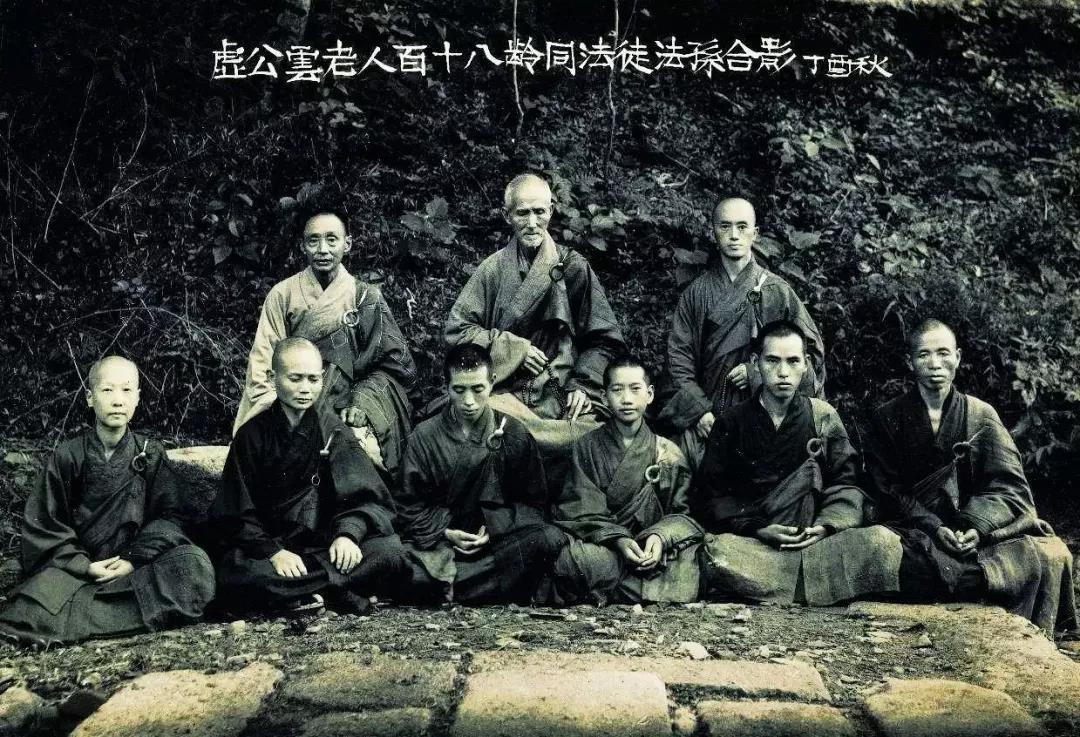
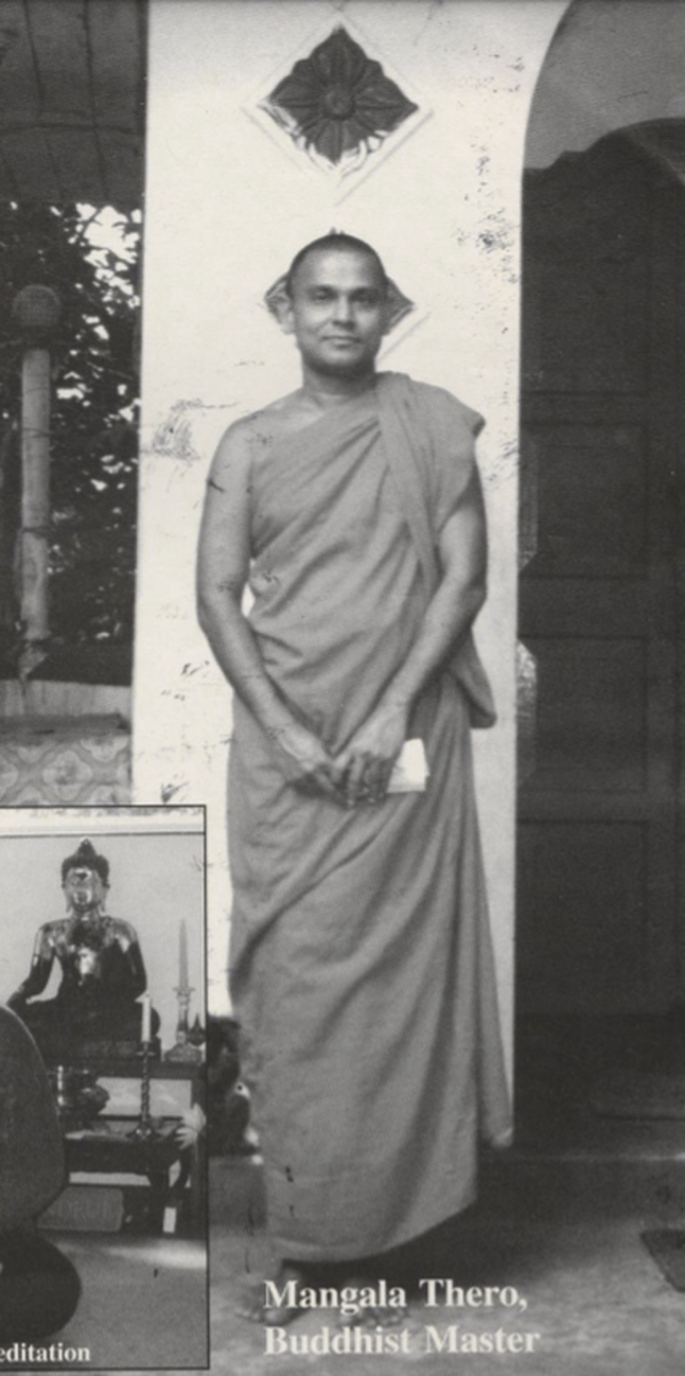
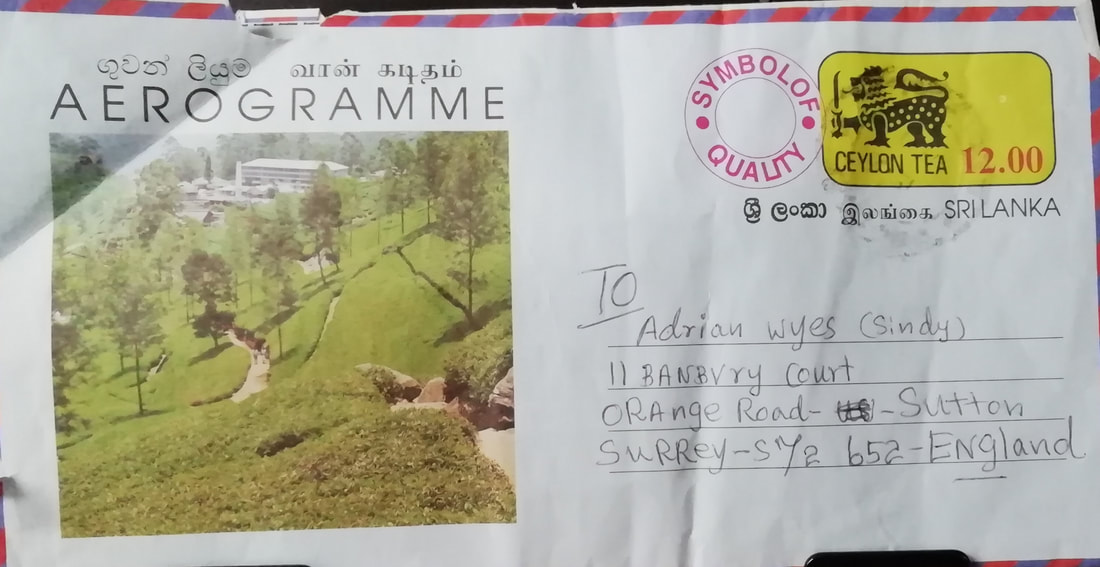
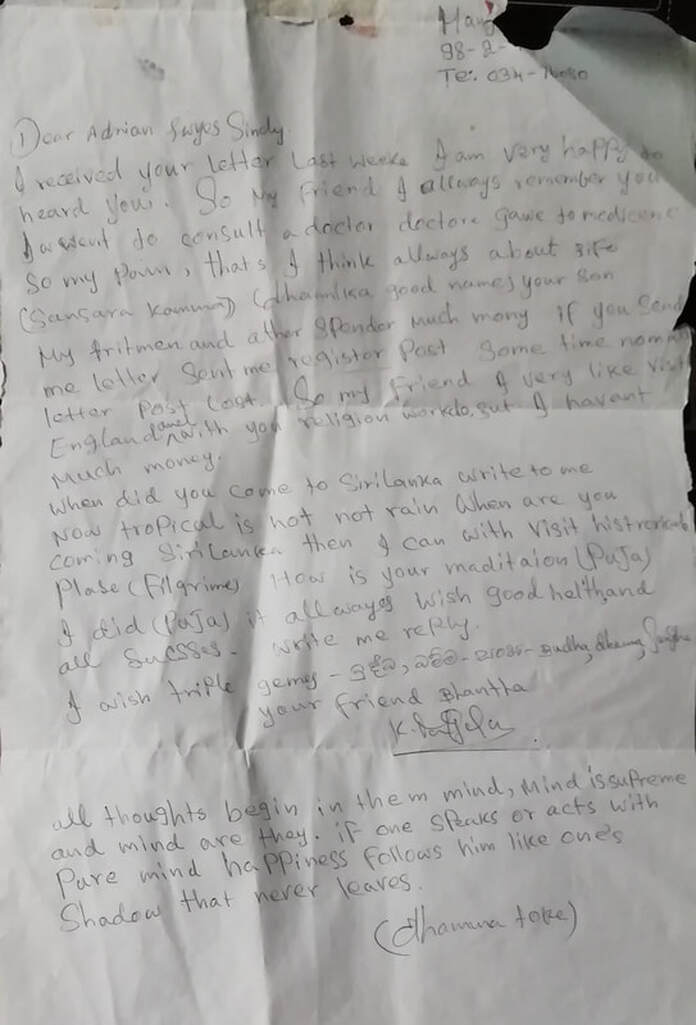

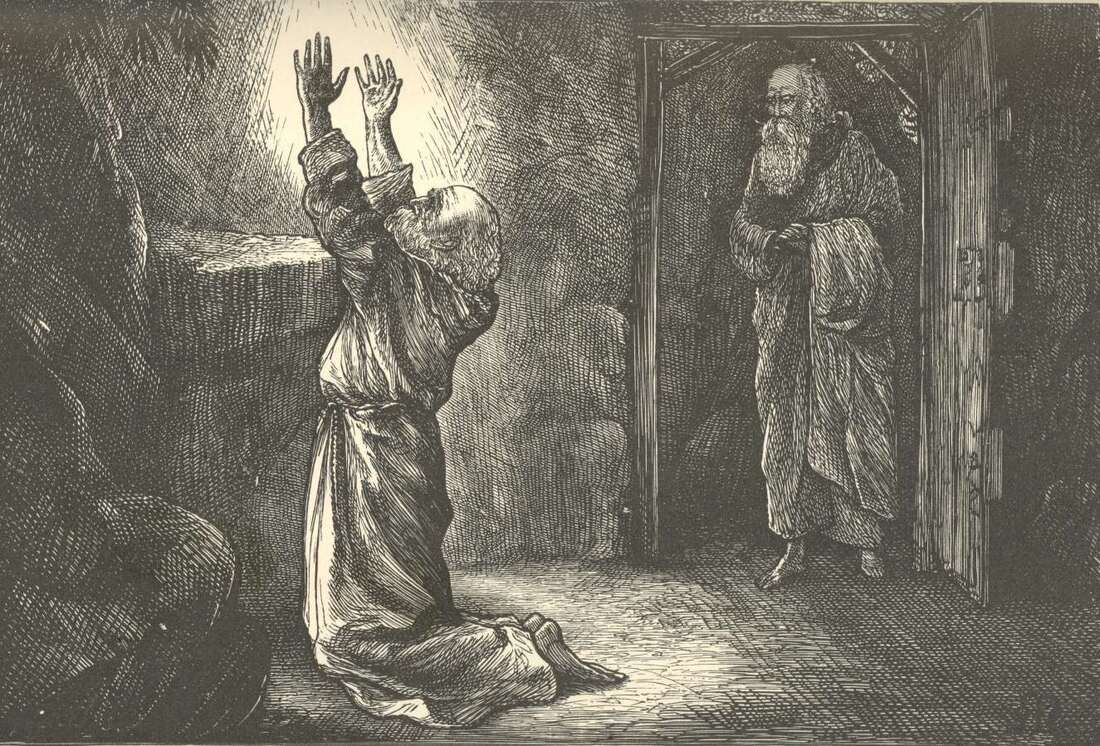
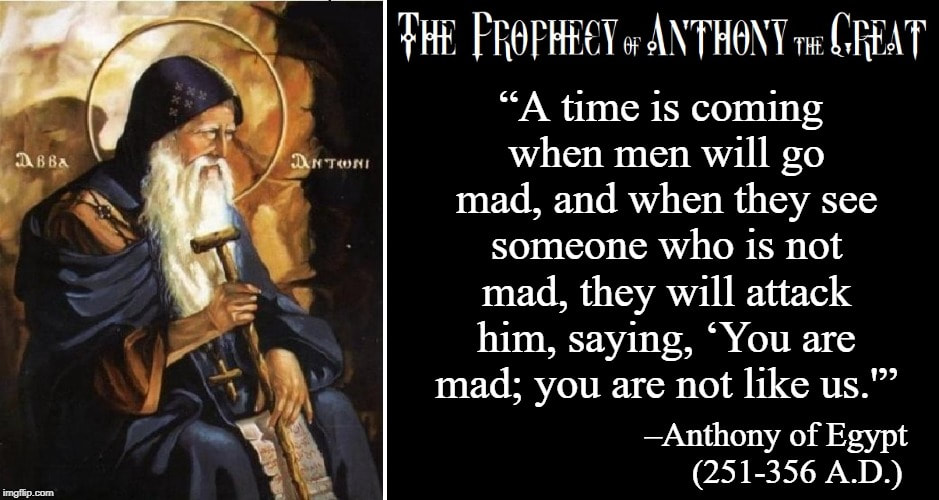
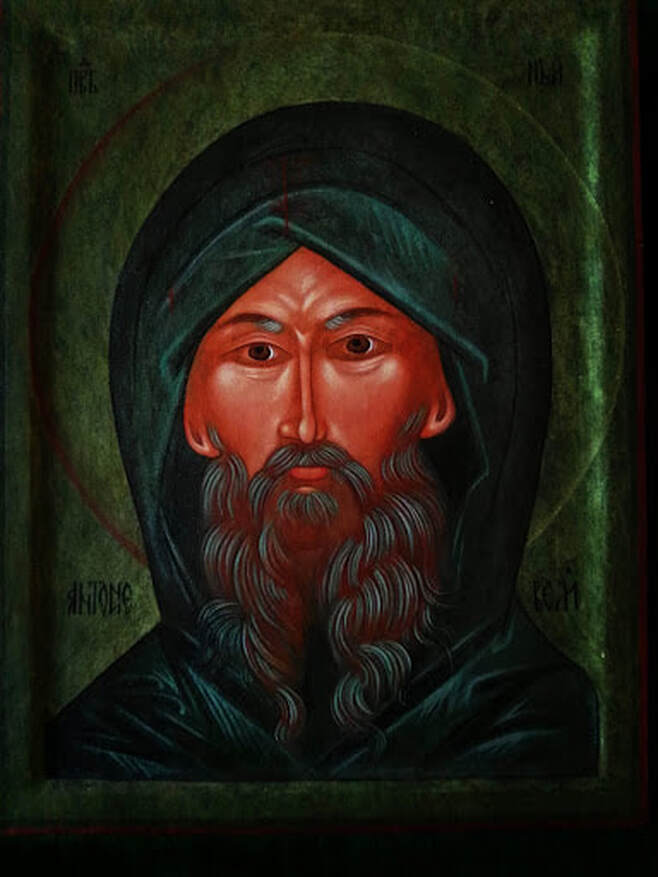
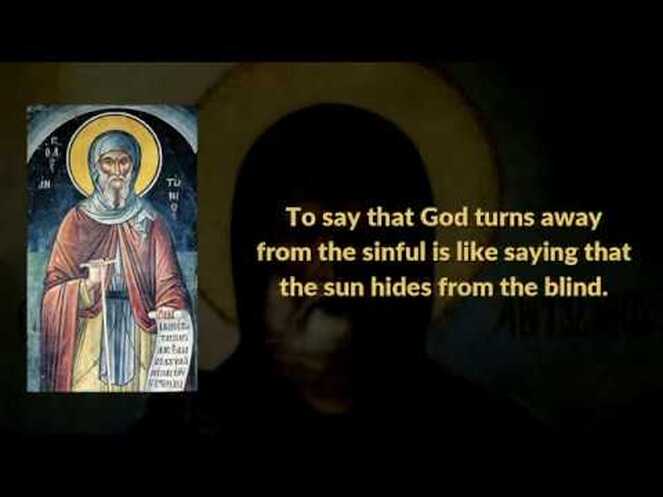
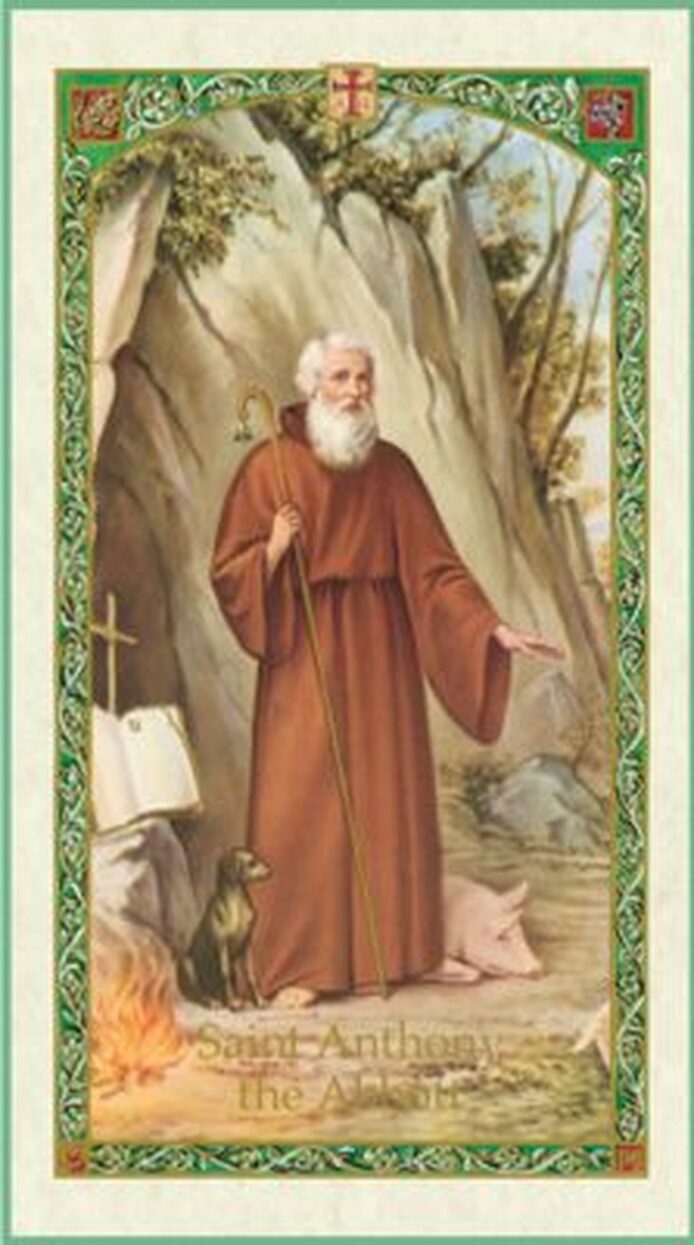

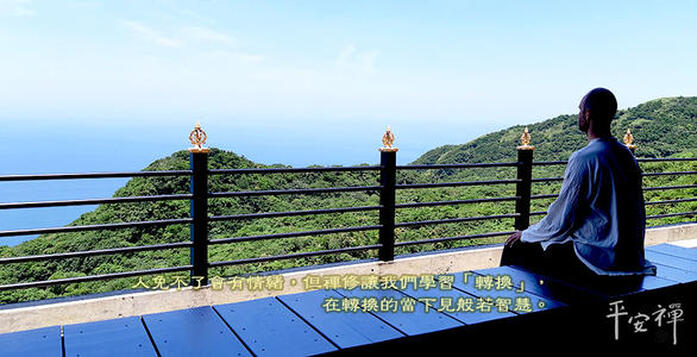
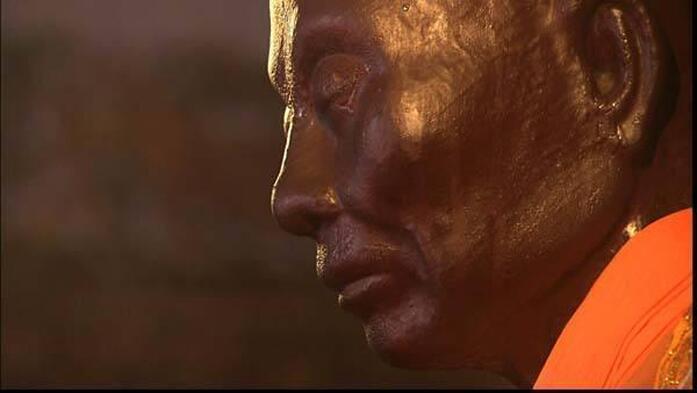
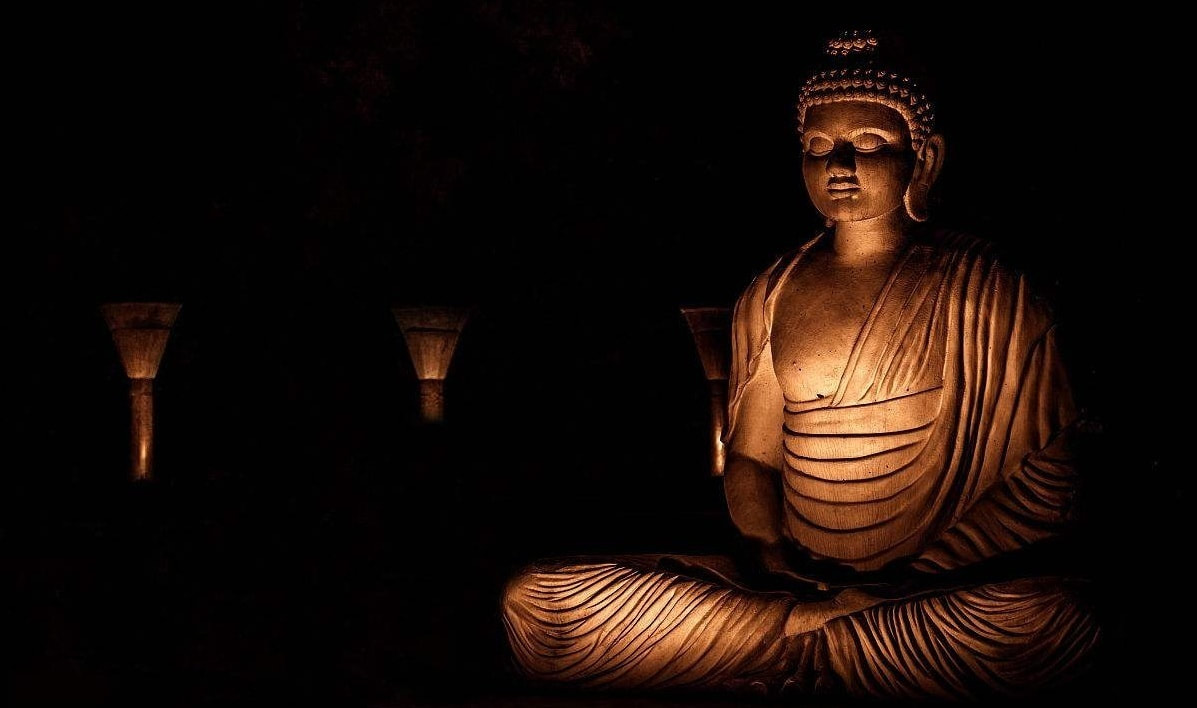
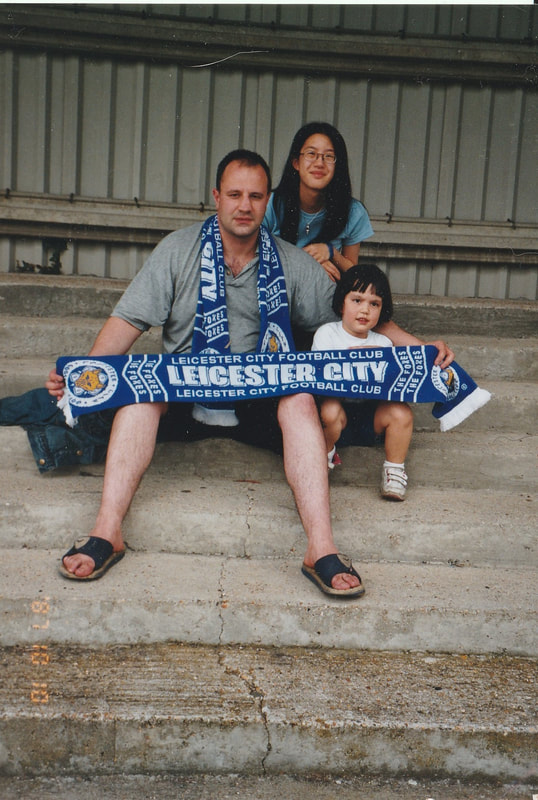
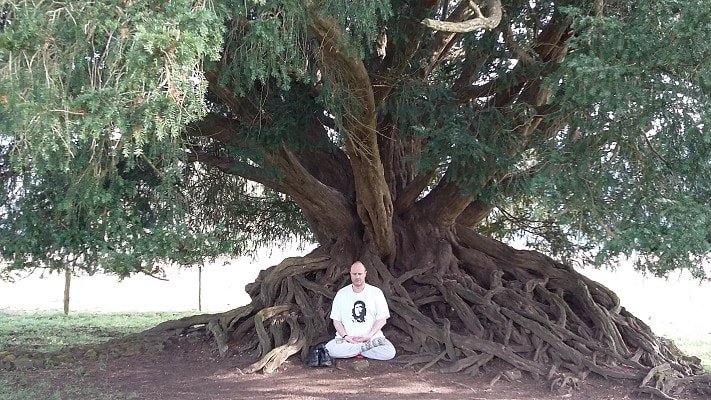
 RSS Feed
RSS Feed